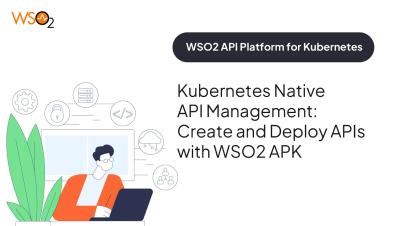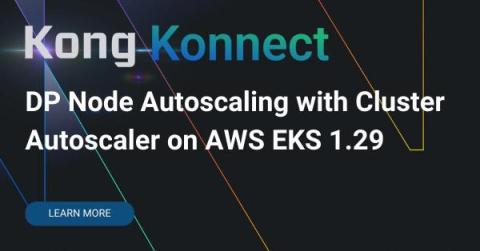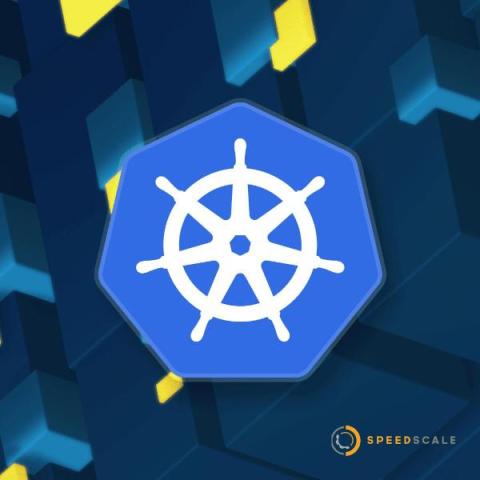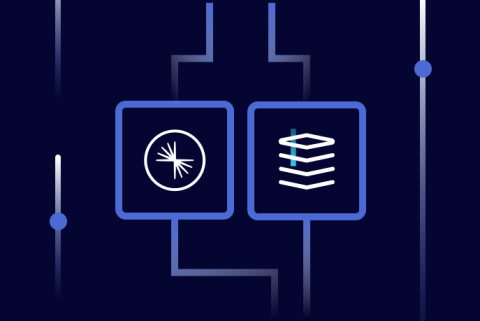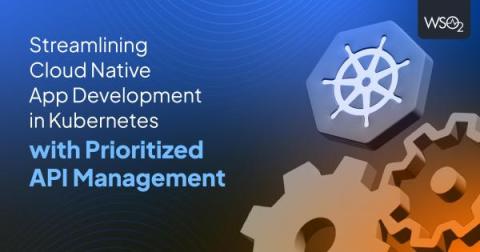Systems | Development | Analytics | API | Testing
Containers
Traffic-driven Testing in Kubernetes
Maximize Kubernetes app reliability with Speedscale's traffic-driven testing, ensuring high performance and stability under varied conditions.
Apache Kafka 3.7: Official Docker Image and Improved Client Monitoring
Apache Kafka® 3.7 is here! On behalf of the Kafka community, Danica Fine highlights key release updates, with KIPs from Kafka Core, Kafka Streams, and Kafka Connect. Kafka Core: Kafka Streams: Kafka Connect: Many more KIPs are a part of this release. See the blog post for more details.
Kong Konnect Data Plane Node Autoscaling with Karpenter on Amazon EKS 1.29
In this post, we're going to explore Karpenter, the ultimate solution for Node Autoscaling. Karpenter provides a cost-effective capability to implement your Kong Konnect Data Plane layer using the best EC2 Instances Types options available for your Kubernetes Nodes. See the previous posts in this series for more on Data Plane Elasticity and Pod Autoscaling with VPA, HPA, and Node Autoscaling with Cluster Autoscaler on Amazon EKS 1.29.
Kubernetes Native API Management: Create and Deploy APIs with WSO2 APK
Commence an exploration into Kubernetes Native API Management with WSO2 in this enlightening session. Guiding you through the details of creating and deploying APIs, we commence the exploration of the robust WSO2 API Platform for Kubernetes (APK). Discover an innovative AI-powered health and wellness coach application, unraveling the process of exposing microservices as managed APIs in a Kubernetes environment. The setup involves deploying WSO2 APK alongside microservices, providing a comprehensive view of API creation methodologies.
Kong Konnect Data Plane Node Autoscaling with Cluster Autoscaler on Amazon EKS 1.29
After getting our Konnect Data Planes vertically and horizontally scaled, with VPA and HPA, it's time to explore the Kubernete Node Autoscaler options. In this post, we start with the Cluster Autoscaler mechanism. (Part 4 in this series is dedicated to Karpenter.)
Gatling vs. Speedscale for Kubernetes Load Testing
Curious about Gatling load testing for Kubernetes? Learn how it compares to Speedscale when it comes to functionality, setup, CI/CD integration & more.
Sponsored Post
Top Tools to Help Debug Kubernetes Applications
Kubernetes helps bring order to chaos as you scale. But debugging in the cloud brings its own set of challenges. We review the top Kubernetes debugging tools.
How to Use Confluent for Kubernetes to Manage Resources Outside of Kubernetes
Apache Kafka® cluster administrators often need to solve problems like how to onboard new teams, manage resources like topics or connectors, and maintain permission control over these resources. In this post, we will demonstrate how to use Confluent for Kubernetes (CfK) to enable GitOps with a CI/CD pipeline and delegate resource creation to groups of people without distributing admin permission passwords to other people in the organization.
Streamlining Cloud Native App Development in Kubernetes with Prioritized API Management
For years, we've witnessed how applications have shifted to the cloud, driven by cost savings, flexibility, on-demand access, scalability, and faster deployment times. During that time, new architectural best practices for building cloud native applications have emerged. (For more insights, refer to this whitepaper.) Yet despite these advances, it remains difficult to build cloud native applications that fully take advantage of Kubernetes, the platform of choice for most cloud deployments.






